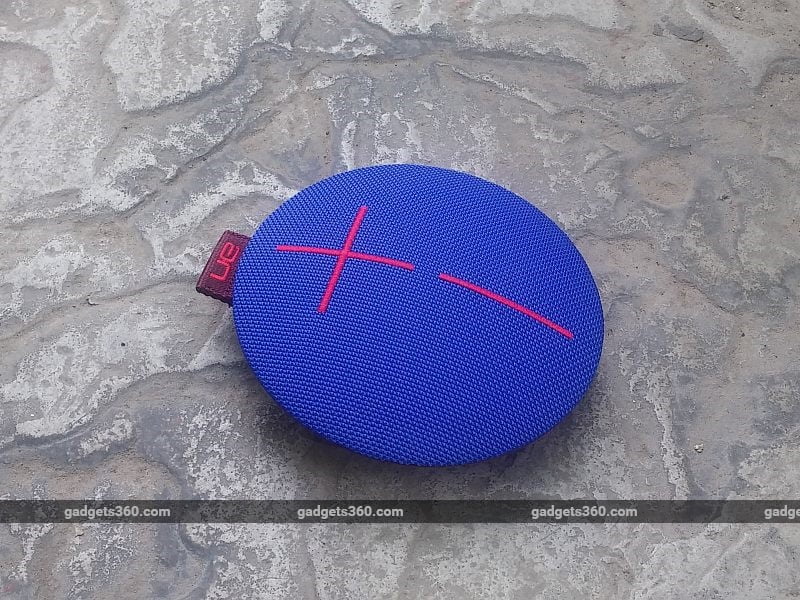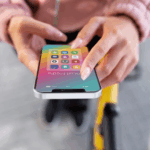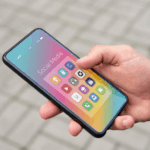
As humans, we are “wired to communicate . . . and connect,” Facebook’s Regina Dugan told developers yesterday at the company’s annual F8 conference. And Facebook, already a giant in the online communications space, envisions creating future technologies that will let people communicate and connect via brain waves and skin sensations.
Dugan (pictured above), who is vice president of engineering and head of Facebook’s Building 8 hardware lab, described these two ambitious goals during the day two keynote of the developers conference in San Jose. Within a few years, Facebook aims to have created non-invasive, scalable technologies that will let people hear through their skin and convey thoughts directly from their brains at a speed of 100 words per minute, she said.
While neither product is available yet, precursor technologies for both have already been developed and tested in real life. For example, Stanford engineering professor Krishna Shenoy has demonstrated “neural prosthetics” that let people who can’t move or speak type via brain signals detected by implanted sensors. And Facebook engineers have created a system that enables wordless communication via tactile actuators worn on the subject’s arm.
Eliminating Today’s ‘False Choice’
By further refining such technologies, Facebook aims to eliminate the “false choice” that devices like the smartphone force us to make, Dugan said. “It’s allowed us to connect to people far away at the expense of those right next to us,” she said. “We’d all be better off if we looked up a little more often.”
Innovative products for brain- and skin-based communications could do more than improve how people connect with those around them, Dugan added. They could also enable written communications by those who can’t read or write, and even conversations between two people who don’t understand each other’s languages.
That’s because communication via brain activity could capture not only the words we want to convey, but the semantic meaning and imagery behind those words. “Understanding semantics means that one day you may be able to choose to share your thoughts independent of language,” Dugan said. “English, Spanish or Mandarin, they become the same.”
‘Think in Mandarin, Feel in Spanish’
Stanford’s Shenoy, who is also a partner with Facebook’s Building 8, for example, recently published research showing how advances in brain-computer interfaces are letting people with paralysis type with their minds “at the highest speeds and accuracy levels reported to date.”
After one or two small electrode arrays were implanted in their brains, such people have been able to type the equivalent of about eight words per minute, Shenoy’s lab reported.
During her presentation, Dugan also showed a video in which Facebook engineers were able to communicate wordlessly using skin sensations that told the subject which item to choose from differently shaped objects on a table.
“One day maybe not so far away, it may be possible for me to think in Mandarin and for you to feel it instantly in Spanish,” Dugan said. “Imagine the power it would give to the 700 million people around the world who cannot read or write but can think and feel.”
[Source:-Ciotoday]










